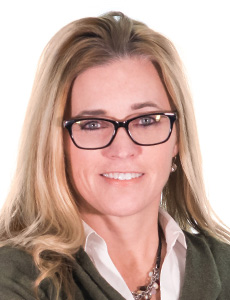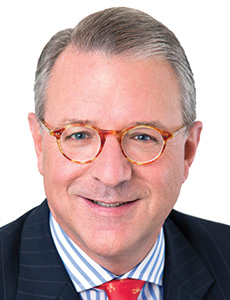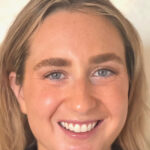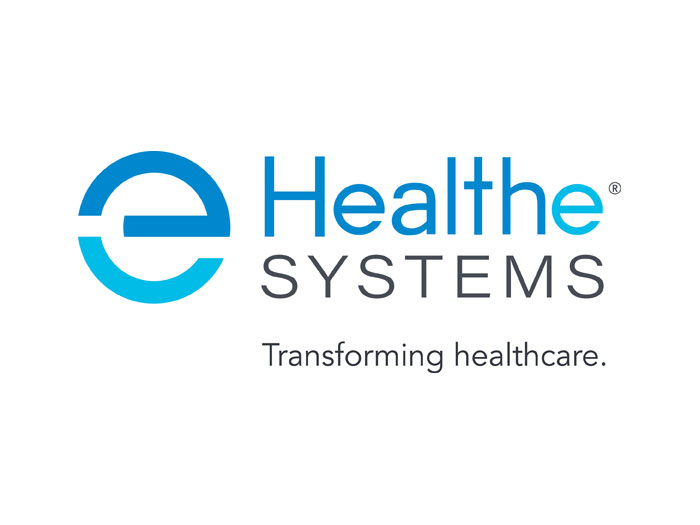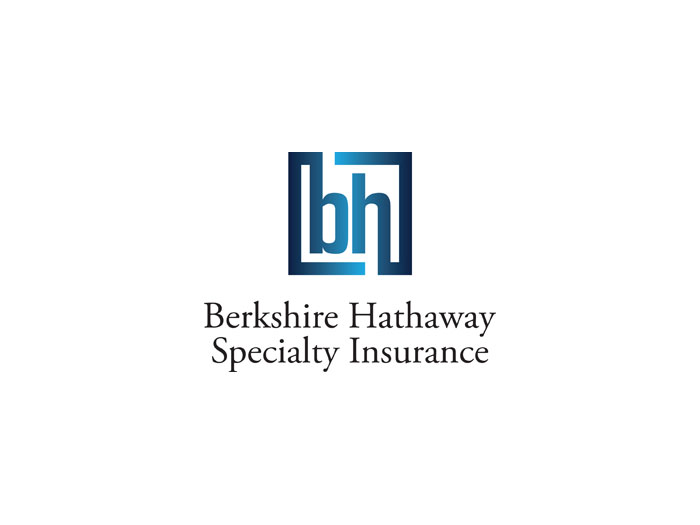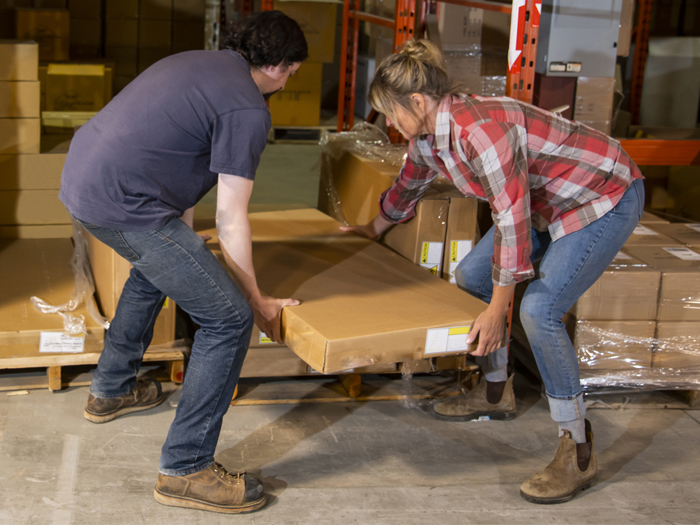Passion Squared. How Nonprofit Insurance Brokers and Carriers Support the Causes Closest to Their Hearts
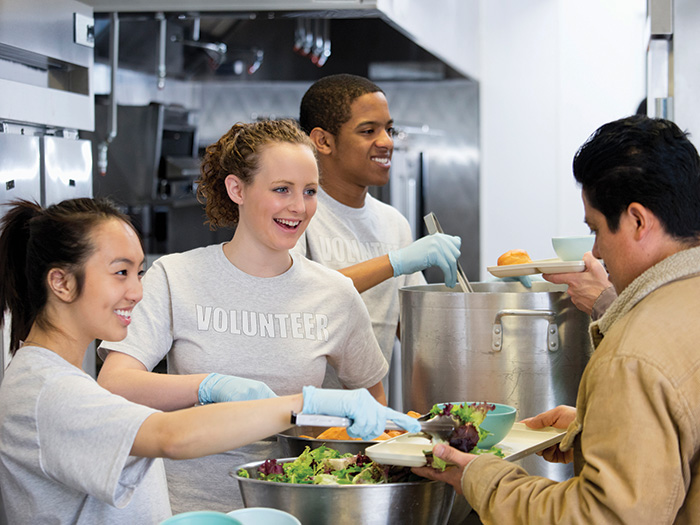
Most of us should be able to agree that those who work within not-for-profit organizations are heroes. From nonprofit founders to entry-level workers, they find themselves in this important work because it fuels a personal passion. That passion might include an overarching urge and desire to express benevolence and aid those causes and communities who need this compassion the most.
Whatever the driver, we can confidently say that nonprofit organizations represent the absolute best of us.
But what about those who work behind the scenes, those whose presence is not always recognized by the public? Those who ensure that nonprofit operations run smoothly, who are there for them to pick up the pieces, should something go astray? Those who, quite literally, insure nonprofit operations, day in and day out.
These professionals, from underwriters to brokers to heads of carrier departments, are just as vital to nonprofit operations as those working directly toward the organizational mission.
A Heart for the Nonprofit World
It’s a common tale – most industry professionals fell into the career of commercial insurance. But for many of those who found themselves working in the nonprofit sector, they discovered it to be a perfect match.
For Allied World’s Kim Delaney, senior vice president of the carrier’s private health care division, the draw came from a lifelong interest in health and human services.
“I had a career as a recreational therapist working in a hospital, nursing home, and adult daycare facilities,” Delaney said. “My background was in the health care realm, before [transitioning] to an insurance career. But I have always had a love of the not-for-profit side of things.”
In fact, Delaney noted that her prior nonprofit work experience is what got her foot in the door as a commercial insurance underwriter: “The company that I interviewed with and hired me wanted somebody that worked in the facilities and understood how they worked. It was a great fit.”
For Scott Konrad, North American nonprofit practice leader, HUB International, his career in insuring nonprofits is rooted in his personal interest in arts and culture.
“I was working in Wilmington, Delaware in the claims end of the business, [but] I wanted to get out of claims and be more in the lifeblood of our industry,” Konrad said. “[I switched] to sales and relationship management, and if you know Wilmington, there are a lot of arts and cultural organizations.”
Once he chose his starting point, Konrad was hooked: “It [was] very satisfying to help these [organizations] solve their challenges.”
“It started there and just snowballed,” he said.
For some, this personal passion of nonprofits and their work enabled them to build their own organizations. Pamela Davis, CEO, and founder of the Nonprofits Insurance Alliance is a shining example of that.
The Nonprofits Insurance Alliance, a group of 501(c)(3) nonprofit insurers, was founded by Davis in the mid-1980s at a particularly challenging time for the nonprofit sector. During this time, insurers were reluctant to provide liability insurance to nonprofits because of their high-risk exposure.
“I was a graduate student at UC Berkeley in the 1980s and had done some work with nonprofits before going there,” Davis said. “I learned from my nonprofit [contacts] that they were unable to get insurance, and that crisis coincided with my need to write a graduate thesis.”
Davis’s graduate thesis encompassed the reasons for the then-current crisis and possible remedies. A charitable foundation published 5,000 copies of the thesis and gave her what she called “immediate, perhaps undeserved, credibility.”
Soon after, she founded the Nonprofits Insurance Alliance.
Whatever the details that surround an insurance professional’s introduction to the nonprofit sector, the drive remains the same: an interest in helping nonprofit organizations fulfill their missions. Through a career in insurance, these professionals have found a way to feed their personal passions.
Identifying Risk
The risks that are being observed on a national and global scale, including inflation, increased cyber risk and workplace vacancies, hit nonprofits harder than they would a for-profit business. This is caused by the vulnerability of nonprofit work, coupled with funding challenges that the sector has felt since the pandemic began.
“Inflation and recession are the most immediate concerns,” said Parvathy Sree, vice president of underwriting for the nonprofit unit at AmTrust.
She continued, “Inflation is increasing [both] property values and premiums values, along with the cost of claims.”
Davis echoed these sentiments, specifically when it comes to property coverage.
“Property insurance is under stress just about everywhere,” she said. “There is a critical need for reliable property coverage in a form that meets the basic property needs of nonprofits everywhere.”
Davis also mentioned the lack of liability coverage for nonprofits, as an organization’s risk profile can deter an insurance carrier from providing a policy. This is an especially relevant risk if nonprofits find themselves being dealt sexual abuse and molestation claims.
“And of course, cyber is a problem for everyone,” Davis concluded.
Financial challenges felt throughout society are also putting strains on the nonprofit sector, according to Delaney: “Funding for the nonprofit sector has been hit really hard in the past three years, not just with COVID but everything from a social perspective. Donors who used to give a bigger amount are pulling back because of restrictions or because they simply don’t have the funds.”
Approaching the Work
Though there will never be an absence of challenge in the nonprofit sector, insurance professionals are always eager to tackle the work with their own unique approaches.
For Konrad, his approach with clients begins with understanding the cultural differences between for-profit and nonprofit businesses.
“One thing I’m hypersensitive to in our industry is that nonprofit folks don’t want to be sold [on product],” he said. “It requires a much more consultative approach and knowing the business from the ground up.”
From the underwriting side, Sree also assumes the role of consultant: “We are a resource and a partner for the nonprofit.”
From discussing umbrella limits with insurers to providing loss control and risk management resources to organizations, Sree finds collaboration to be key to providing nonprofits with the best possible policies for an affordable price.
Delaney’s approach is rooted in training her team of underwriters to not only understand the sector, but the risk:
“By doing that, it gives us that comfort level that broadens [the client’s] coverage and gives them a better policy.”
For Davis, as a nonprofit insurer she recognizes that any singular decision she makes for one organization will have an impact on “how we can create a more stable, affordable market for nonprofits.” NIA looks at “insuring nonprofits, but also looking at the kind of environment in which nonprofits operate, and how we can improve that.”
The Proudest Moments
For these professionals, it can be difficult to pinpoint a single proudest moment in the span of their careers. But many answered in a similar fashion.
“The ability to connect my love for the not-for-profit sector and human health services and helping people with my career – that’s a proud moment,” Delaney said.
“What makes this fun,” Konrad said, “is the challenge that I take very seriously of leaving somebody in a better place [than before we] met.”
And for Konrad, he feels proud that though he is 45 years into his career of insuring nonprofits, he feels as if he’s just getting started. &

